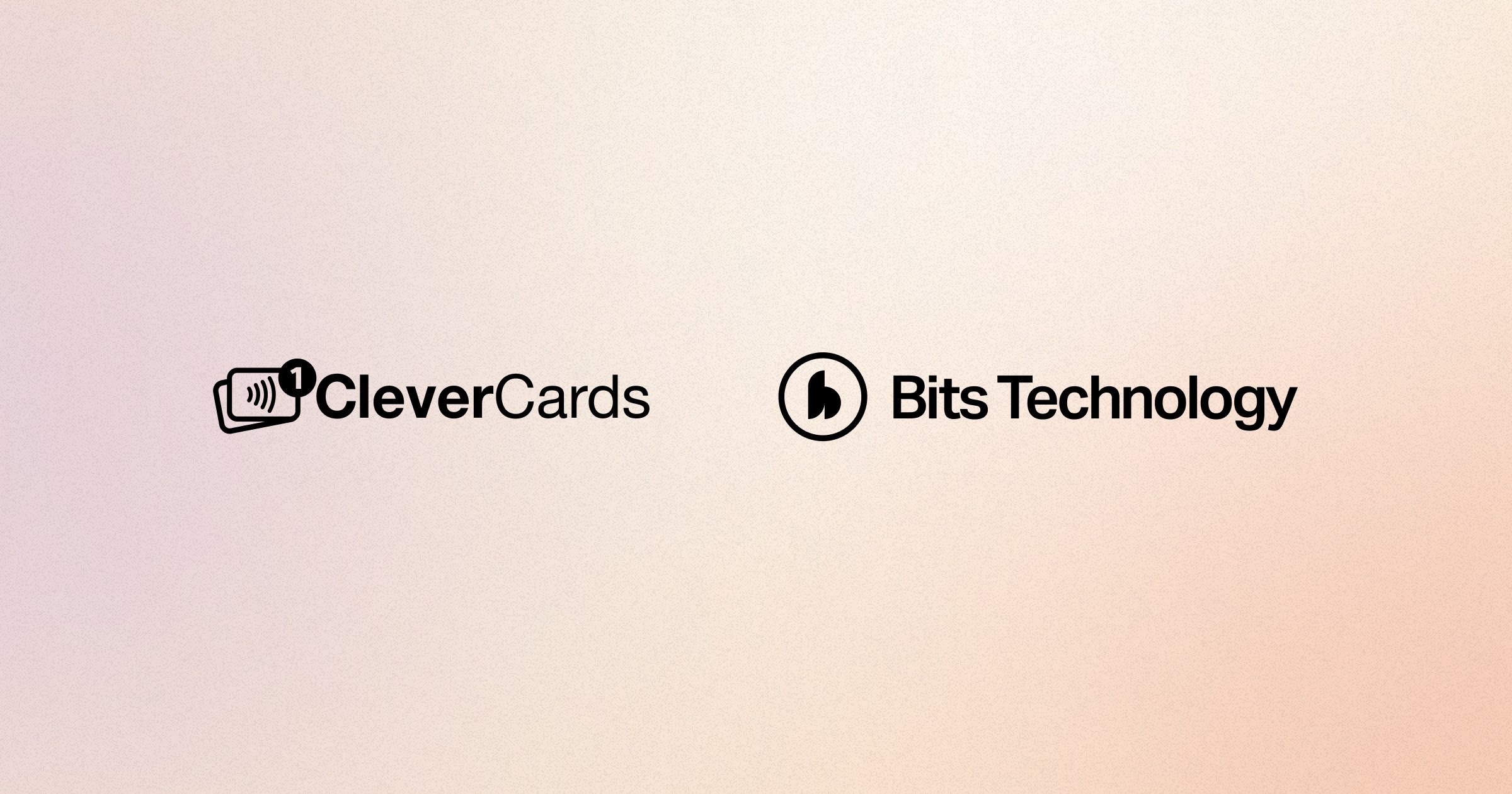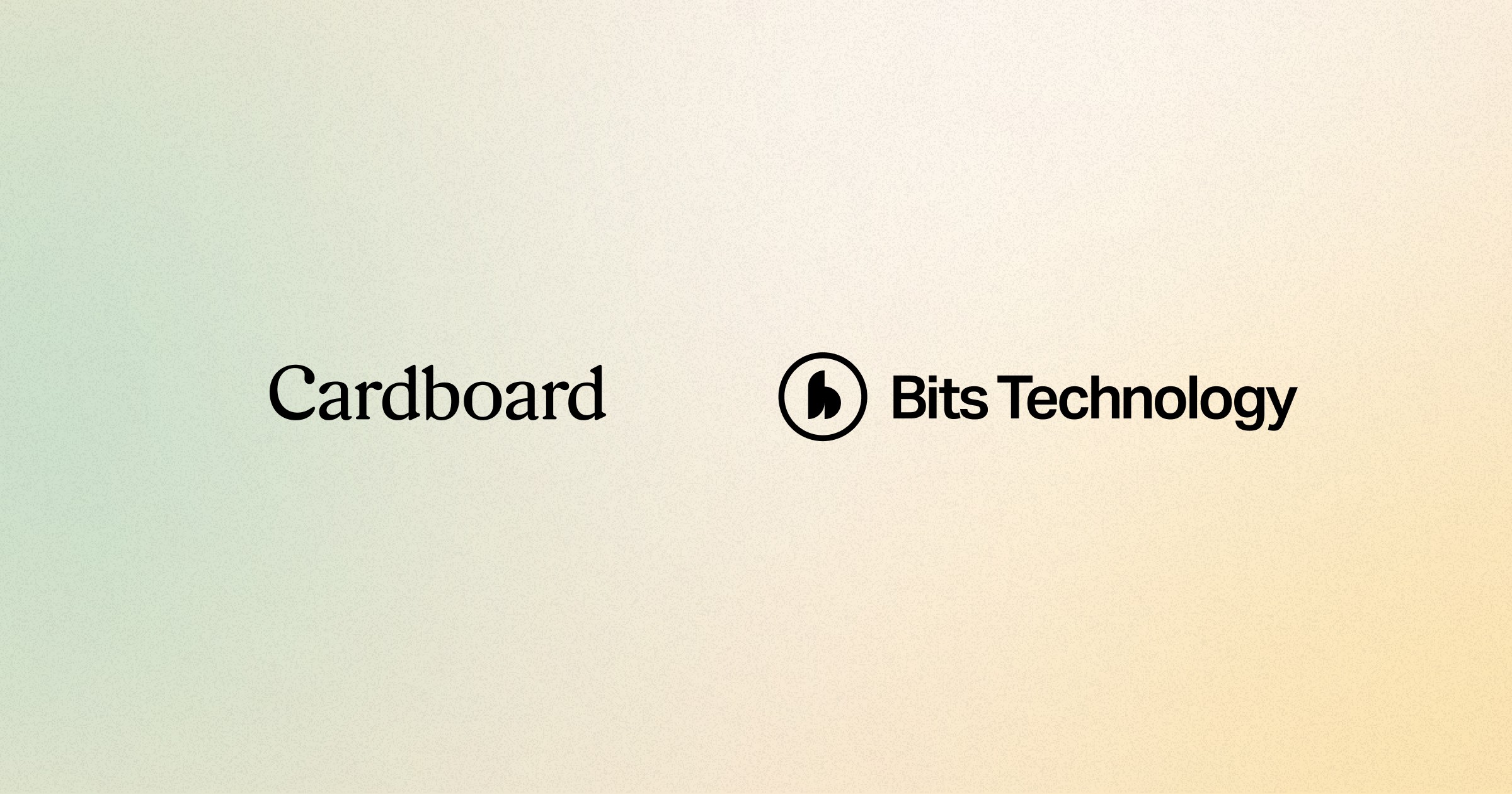Aug 29, 2024
A small percentage of companies we meet consider, or even decide, to “build it themselves” instead of using a specialised service like ours. Occasionally, some consider to build the frontend themselves while leaving the backend to us.
While this approach might seem appealing at first, it often turns out to be a costly and time-consuming decision. Here’s why entrusting the implementation to Bits can save you both time and money.
Planning to Grow Your Business?
Most of our customers have ambitious growth plans, whether it’s expanding functionality, entering new markets, or reaching different customer segments. This growth requires integrating new data sources, supporting additional identification services, signing more contracts, and parsing and normalizing more data.
This requires a substantial development effort and while the initial implementation takes time, a growing business will continually need additional features. And then you have the never-ending, continuous maintenance of your integrations, features and platform.
Is Building It Yourself Always a Bad Idea?
There are exceptions to every rule. If your use case is extremely limited, say, supporting “BankID in Sweden only” with no plans for expansion, it might be viable to build it yourself. However, such cases are rare.
Focus on What You Do Best
Bits builds a platform for managing the entire compliance lifecycle of your customers. This is where our entire company focuses all of its time and energy. What is your company’s core focus?
You wouldn’t let your friends build their own cloud infrastructure.
Every minute spent on tasks that could be outsourced is time not spent on your core business. This means introducing a cost of delay on your revenue-generating work. Add continuous maintenance to this and it’s unlikely that you would benefit from building and maintaining this yourself.
What You Need Seems Simple to Implement...
History shows that humans consistently underestimate the work required to build a feature, especially when it’s something we have not built before. This is why Bits has an entire company dedicated to building these products—it’s not easy as easy as it seems!
We’ve met numerous companies that decided to build it themselves and later came to regret it utterly. As one C-level executive put it:
“I wish we had this meeting six months ago before we started building this ourselves.”
This is the realisation of the intrinsic complexity of the domain, the cost of implementing your new ideas, adjusting to new compliance requirements, data normalisation, and maintaining everything you’ve built.
Do You Need to Build the Frontend Yourself for a Seamless User Experience?
We understand the importance of conversion rates. When someone else builds the frontend, there’s a concern that it won’t align perfectly with your platform’s look and feel.
To ensure that the user journey fits seamlessly into your existing design, we offer a powerful tool called No-code Theming that you can read all about here. With this tool, anyone can achieve a look and feel that matches the rest of your platform.

If you’re still not convinced, here are more reasons to avoid hosting the frontend yourself:
Building Is Costly
Depending on the features you need, it could take a lot of time. Even seemingly simple tasks, like creating a questionnaire (one of our most popular features), require significant frontend work when you dive into the details.
New Features and Updates Requires Your Attention
We release new features daily, both on the frontend and backend. Unless you keep the frontend updated on your side, you will miss these improvements and new features.
Our customers many times realise they want more features over time. It could be because they grow, enter new markets or changes in regulatory requirements. If you host the frontend this means work for you, while it would be a simple click if you let us do the work.
Maintenance
Even though it’s rarely in any budget, it turns out all code needs to be maintained. It could be because of security, platform evolution on your side or bug fixes in our platform. It’s nice to not have to worry about this.
Concerned That Redirects Will Decrease Conversion?
It is a valid concern - since redirects could decrease conversion, just as adding more steps to a flow could reduce user engagement. However, it all depends on the user experience. When done correctly, redirects can maintain or even increase conversion rates.
By configuring workflows to reflect your company's look and feel using our Theming feature, users will feel right at home. Paired with our start screen that explains what is happening and why, the user will feel secure. Based on our experience with customers, redirects have not been an issue, especially when the theming is done well.
We’re often asked why we don’t offer iframing of our flow (embedding it on your web page). The full explanation can be found here but in short, it’s about:
Security: Ensuring sensitive data is protected from outside threats.
Universal Support: Redirects are supported by all browsers and are often required by our partners in areas like ID verification and account information due to their security policies and technical constraints.
But We’ve Already Started Building It Ourselves
If your system is complete, everything works, and maintenance is manageable—great! However, if you need more features, new customer segments or plan to expand to new markets - it might be time to reconsider letting us handle the workload. Avoid the sunk-cost fallacy and spend your time and resources wisely.
One option if you don’t want to replace what you have in place is a hybrid approach where you use your own solution for one market and use Bits for new markets. Some of our clients use this approach, allowing them to postpone the decision of having one platform for all markets and products. Keep in mind, though, that managing two platforms will require you to either switch between them or harmonize data somewhere down the line.
Read more
Eliminating Multi‑Week Onboarding Lead Times
May 13, 2025
Outsmarting AI fraudsters: a new approach for compliance teams
Apr 15, 2025
Bits AI: The Future of Compliance is Here
Mar 31, 2025
Qliro Expands Merchant Growth with Streamlined Onboarding and Compliance Powered by Bits Technology
Feb 19, 2025
Limitless growth in a regulated world
Feb 17, 2025
Bits Technology partners with Cardlay to deliver enhanced KYC and compliance capabilities
Jan 22, 2025
Mimo Partners with Bits Technology to Simplify Onboarding and Compliance for SMBs
Jan 16, 2025
Tioex Partners with Bits Technology to Enhance Customer Onboarding and Compliance
Nov 28, 2024
CleverCards enhances its customer onboarding with integration of Bits Technology
Nov 19, 2024
Cardboard Partners with Bits Technology to Streamline Onboarding and Expand SaaS Expense Management Across Europe
Oct 11, 2024
Bits Technology launches automated KYB in Italy
Sep 17, 2024
How Bits' Customizable AML Screening and Monitoring Safeguards Your Business with a Risk-Based Approach
Sep 12, 2024
Holistic Identity Profiles - the Future of KYC and KYB
Sep 3, 2024
Why You Shouldn’t Build This Yourself
Aug 29, 2024
The essentials of calculating an AML Risk Score
Jul 31, 2024
Bits Technology and Coface Announce Strategic Partnership to Enhance Credit Reporting Capabilities
Jun 18, 2024
Bits Technology expands into the UK market by launching automated business verification
Jun 10, 2024
Bits Technology unveils AI-powered tools to revolutionize compliance efficiency
Jun 4, 2024
Product feature: User journey
May 7, 2024
Our Partnership with Cool Company
Apr 2, 2024
Product feature: No-code theming
Apr 1, 2024
Our Partnership with Ledyer
Jan 23, 2024
Our Partnership with booksalon
Jan 12, 2024
Our Partnership with Vaulter
Nov 24, 2023
Our Partnership with Veriff
Oct 23, 2023
The Complexity of Juggling Multiple Data Sources
Aug 17, 2023
Team Wins
May 19, 2023



























